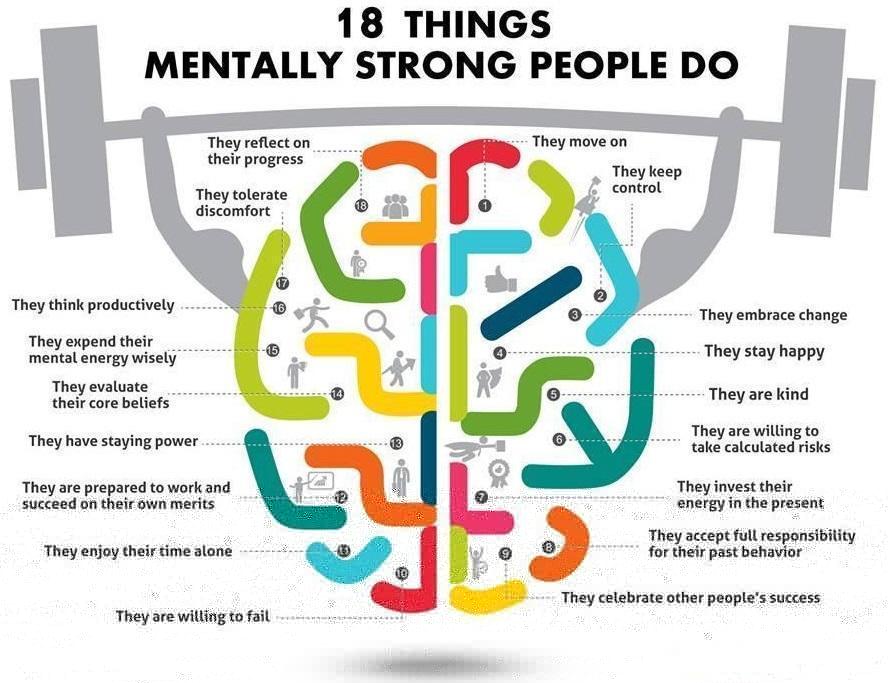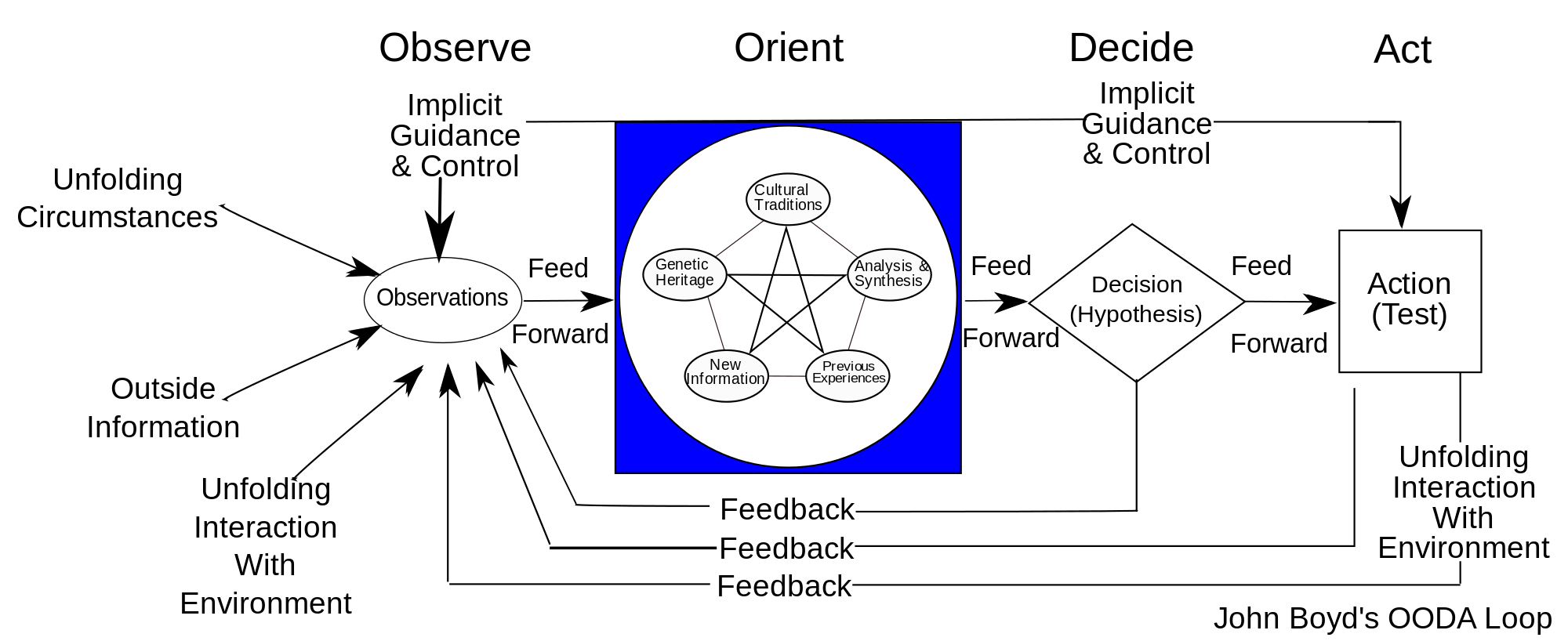“How can charities and churches develop Good Ideas for Local Projects?” was the question some of us asked last year as we thought about how a group of local churches could have an impact on Nine Elms on the South Bank.
To facilitate this further I developed a proforma to guide the thoughts of creatives and leaders through an analytical process to determine the focus, cost and time required for a typical project.
Two examples are shown here, one for a Centre for Spiritual and Personal Development, and one for a Family Hub to serve some local estates. Forfor a working copy to use email me at leightonwcarr@gmail.com and I’ll send you a copy.

